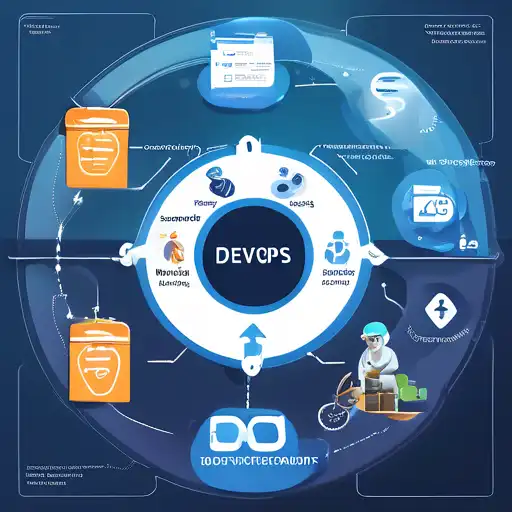Introduction to DevOps in Software Development
DevOps has revolutionized the way software is developed, deployed, and maintained. By bridging the gap between development and operations teams, DevOps practices ensure a smoother, faster, and more efficient software development lifecycle (SDLC). This article explores the pivotal role of DevOps in enhancing the SDLC, focusing on its benefits, key practices, and how it fosters collaboration and innovation.
The Benefits of DevOps in the SDLC
DevOps brings numerous advantages to the software development process, including improved collaboration, faster deployment times, and higher quality products. By integrating DevOps practices, organizations can achieve continuous integration and continuous deployment (CI/CD), leading to more reliable software releases. Moreover, DevOps encourages automation, reducing manual errors and speeding up the development process.
Key DevOps Practices for Improving SDLC
Several DevOps practices are instrumental in optimizing the software development lifecycle. These include:
- Continuous Integration and Continuous Deployment (CI/CD): Automates the integration of code changes and their deployment to production, ensuring quick and reliable releases.
- Infrastructure as Code (IaC): Manages and provisions computing infrastructure through machine-readable definition files, enhancing consistency and reducing manual setup errors.
- Automated Testing: Incorporates automated tests in the development process to identify and fix bugs early, improving software quality.
- Monitoring and Logging: Tracks application performance and user activities in real-time, enabling proactive issue resolution.
How DevOps Fosters Collaboration and Innovation
DevOps breaks down silos between development and operations teams, promoting a culture of collaboration and shared responsibility. This collaborative environment accelerates innovation, as teams can quickly iterate on feedback and implement changes. Furthermore, DevOps practices encourage the use of cutting-edge tools and technologies, keeping organizations at the forefront of the software development industry.
Implementing DevOps in Your Organization
Adopting DevOps requires a strategic approach, starting with a cultural shift towards collaboration and continuous improvement. Organizations should invest in training and tools that support DevOps practices, such as version control systems, CI/CD pipelines, and monitoring solutions. By gradually integrating DevOps into the SDLC, companies can realize its full potential in enhancing efficiency, quality, and speed.
Conclusion
DevOps is a game-changer for the software development lifecycle, offering a pathway to faster, more efficient, and higher-quality software production. By embracing DevOps practices, organizations can improve collaboration, automate repetitive tasks, and stay competitive in the fast-paced tech industry. Whether you're just starting with DevOps or looking to optimize your current processes, the benefits are clear and achievable with the right approach.
